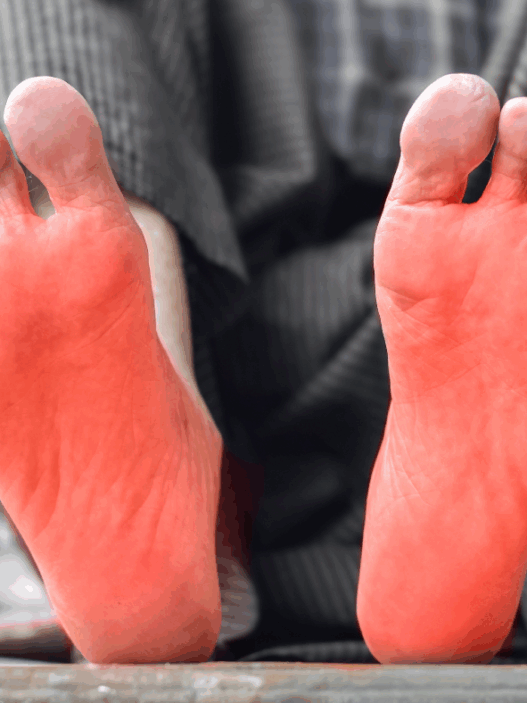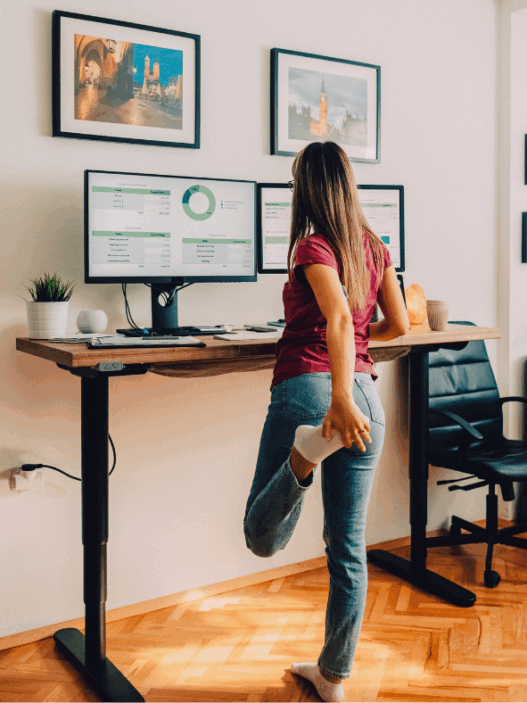
Low back pain – it’s a problem that so many Aussies deal with every day. Back pain is a leading cause of disability and lost productivity, making effective management a public health priority. Whether it’s after a long shift at work, following a workout, or even just when you’re trying to relax at night, back pain can be frustrating. Sometimes low back pain can be related to your feet and footwear. Fortunately, evidence-based guidelines emphasise a holistic, patient-centred approach that moves away from unnecessary imaging, medication overuse, and passive treatments. Instead, the focus is on education, movement, and psychological support. Let’s take a closer look.

Understanding Low Back Pain
Low back pain can be classified as acute (less than 6 weeks), subacute (6–12 weeks), or chronic (more than 12 weeks). Most cases of acute low back pain resolve within a few weeks and evidence-based guidelines recommend staying as active as possible during this period. However, some people go on to experience persistent back pain and this is where a more comprehensive, multidisciplinary approach can be helpful.
The Surprising Connection Between Your Feet and Back Pain
Your feet are the foundation of your body. With each step you take the body transfers forces from your feet up your legs into your hips and back. Most of these forces are great for us and help us keep our muscles strong and maintain bone density. However, sometimes being on your feet for too long or too often can lead to pain and discomfort. Whilst the evidence connecting foot structure and back pain is not strong, considering the following might be worthwhile and is in keeping with approaching back pain from a holistic perspective.
✔ Your foot structure – Both flat and high arched feet can be related to low back pain. Sometimes, sore feet during episodes of back pain are related to the back pain. But sometimes, they aren’t. So it can be useful to talk to your podiatrist about your foot and back pain, and see if there is a relationship.
✔ Your BMI – A higher BMI leads to greater loads on our lower limb joints and can impact our body’s ability to cope with daily activities. Your podiatrist can help you build your feet’s capacity for the loads and activities you do.
✔ Your footwear – Having the incorrect shoe for the occasion. For example, a nurse who works all day on hard floors with lots of walking is going to benefit from a cushioned and supportive shoe more than an office worker who does little walking. Make sure you are in the correct shoe for your activity – which might include walking shoes for your daily commute, and switching when you arrive at the office.
What Can You Do About It? Should I get a scan?
If you’re experiencing an episode of acute low back pain, the good news is that most of the time it will resolve naturally in time. Gentle movement and keeping active are a good start. Most people with low back pain do not require imaging. In fact, people who get imaging of their injuries can take longer to recover than those who don’t have imaging – this is because our brains can respond to the thought that there is something wrong even when there isn’t actually any damage to tissues!
However, if your pain persists greater than 3 months, it may be good to see someone for an assessment. A good start would be with your physiotherapist or general practitioner or a podiatrist if you think your feet might be involved.
✔ Get a foot and gait assessment – A podiatrist can check your foot structure and gait to ensure you are moving efficiently and comfortably.
✔ Check your footwear – Make sure your footwear meets the demands of your job and activity.
✔ Consider Custom Orthotics – Custom orthotics may help with reducing your back pain, if your feet are contributing to it. Your podiatrist can do a biomechanical and gait assessment (how you move and walk) and see if there are any factors that may be contributing to your back pain. Your podiatrist can then use interventions, like exercise programs, footwear and orthotics to change loads, improve mobility and alleviate discomfort.
✔ Move – Movement is great! Even in the presence of pain, we often encourage patients to continue to move when they are recovering from an injury or pain. Find an activity you enjoy and that is comfortable to do in the acute phases.
How Podiatrists Promote Movement:
- Recommending appropriate footwear to enhance comfort and stability.
- Prescribing orthotics that reduce foot and leg fatigue, allowing for prolonged activity.
- Providing gait retraining to correct movement patterns and reduce compensatory stress on the back.
- Educating patients on the importance of daily activity to maintain spinal health.
Research highlights those individuals who maintain regular physical activity experience fewer episodes of low back pain and improved pain outcomes. Podiatrists play a direct role in facilitating movement and activity by ensuring people can walk and exercise without foot-related pain.
Podiatrists play an integral role in a multidisciplinary approach to managing low back pain. By identifying biomechanical issues, promoting movement, changing footwear and supporting weight loss through a tailored exercise approach, podiatrists can help patients with low back pain achieve their goals.
References:
- Australian Commission on Safety and Quality in Health Care. (2021). Low back pain clinical care standard. Retrieved from https://www.safetyandquality.gov.au
- Menz HB, Dufour AB, Riskowski JL, Hillstrom HJ, Hannan MT. Foot posture, foot function and low back pain: the Framingham Foot Study. Rheumatology (Oxford). 2013;52(12):2275-2282. doi:10.1093/rheumatology/ket298
- The Royal Australian College of General Practitioners. (2018). Guideline for the management of low back pain. Retrieved from https://www.racgp.org.au
- Maher, C., Underwood, M., & Buchbinder, R. (2017). Non-specific low back pain. The Lancet, 389(10070), 736-747. https://doi.org/10.1016/S0140-6736(16)30970-9








